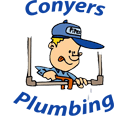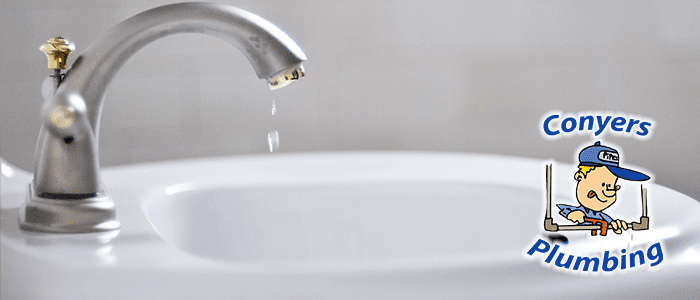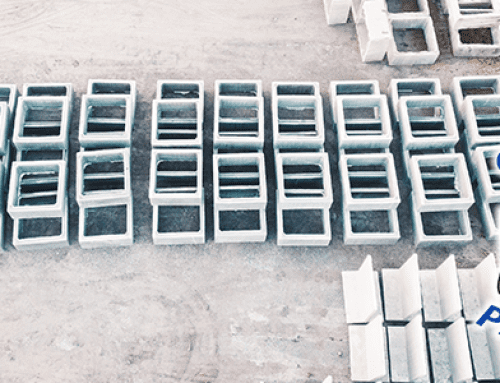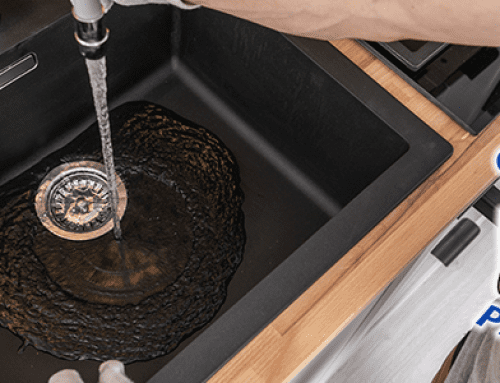Say Goodbye to Clogged Drain Issues: Simple Tips to Keep Your Pipes Flowing Freely
Do you ever find yourself facing a clogged drain and wondering what to do? It’s a common household problem that can be frustrating and time-consuming to deal with. Fortunately, you don’t need to rely on harsh chemicals or expensive plumbers to fix the issue. In this blog post, we’ll provide you with some simple yet effective tips on how to unclog a drain without chemicals. So, grab your tools and get ready to learn!
Section 1: Introduction
Clogged drains are common problems in every household. It can happen anytime, and it’s not pleasant. The clog can start in the bathroom or kitchen sink, shower, or bathtub. It can also happen in the toilet. If this happens to you, you need to know what to do. Don’t worry; you can unclog a drain without using chemicals or calling a professional plumber.
Section 2: Gather Your Tools
Before you start the unclogging process, you need to check if you have the necessary tools. You’ll need a plunger, a drain snake, or an auger. If you don’t have any of these, you can buy them at your local hardware store or online.
Section 3: Use a Plunger
A plunger is perhaps the most common tool you can use to unclog a drain. When using a plunger, make sure you cover the drain opening entirely with the rubber cup. Then fill the sink or tub with enough water to cover the rubber head. This will create a vacuum seal. Next, push and pull the plunger up and down for about 30 seconds. Repeat the process until the water starts to drain.
Section 4: Use a Drain Snake
If the plunger doesn’t work, you can try using a drain snake. A drain snake is a flexible tool with a long, highly flexible cable that you can send down the drain to dislodge the clog. If you have a drain snake, insert it into the drain and turn it clockwise. When you feel the blockage give way, pull the auger back up. Repeat the process until the drain is clear.
Section 5: Clean the P-Trap to Clear a Clogged Drain
If the clog is near the surface of the drain, you can remove and clean the P-trap. The P-trap is a curved pipe that connects the drain to the main pipe. To clean it, turn off the water supply, then unscrew the nuts holding the P-trap. Remove the pipe and wash it with hot water and soap. Once you’ve cleaned the P-trap, screw it back on and run water to see if the clog is gone.
Section 6: Use Baking Soda and Vinegar
Baking soda and vinegar are known for their cleaning properties. You can use them to unclog your drain in a natural way. Here’s how:
– Pour half a cup of baking soda into the drain.
– Follow this with half a cup of vinegar.
– Cover the drain immediately with a lid or towel to force the mixture to react.
– Wait for 10-15 minutes.
– Run hot water down the drain.
Section 7: Use Boiling Water
If you don’t have baking soda or vinegar, you can use boiling water. Boiling water can dissolve some clogs, especially those caused by soap and grease. Boil a pot of water and carefully pour it down the drain. Repeat the process a few times to ensure that the clog is dissolved.
Section 8: Preventing Future Clogged Drain Issues
Now that you know how to unclog a drain let’s discuss preventing clogs. Doing so can save you time, money, and the headache that comes with trying to remove a stubborn blockage. Here are some tips:
– Avoid disposing of non-degradable items like hair, food scraps, or fats and oils down the drain.
– Use a drain strainer to trap debris.
– Run hot water down the sink after use to rinse away grease and oil.
– Flush the drain with hot water and vinegar once a month to keep it fresh.
Section 9: Conclusion for Clogged Drain Solutions
In conclusion, clogged drains are a common household problem that can be dealt with using simple tools and natural solutions. You can try using a plunger or a drain snake, clean the P-trap or use baking soda, vinegar, or boiling water. Remember always to wear gloves when handling any tools or chemicals. Prevent future clogs by disposing of garbage correctly and maintaining clean pipes regularly. If these tips do not work, call a plumber who can help you solve the problem.




